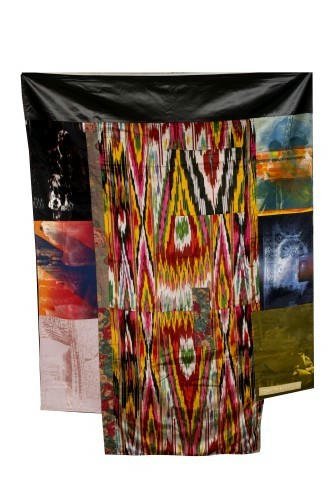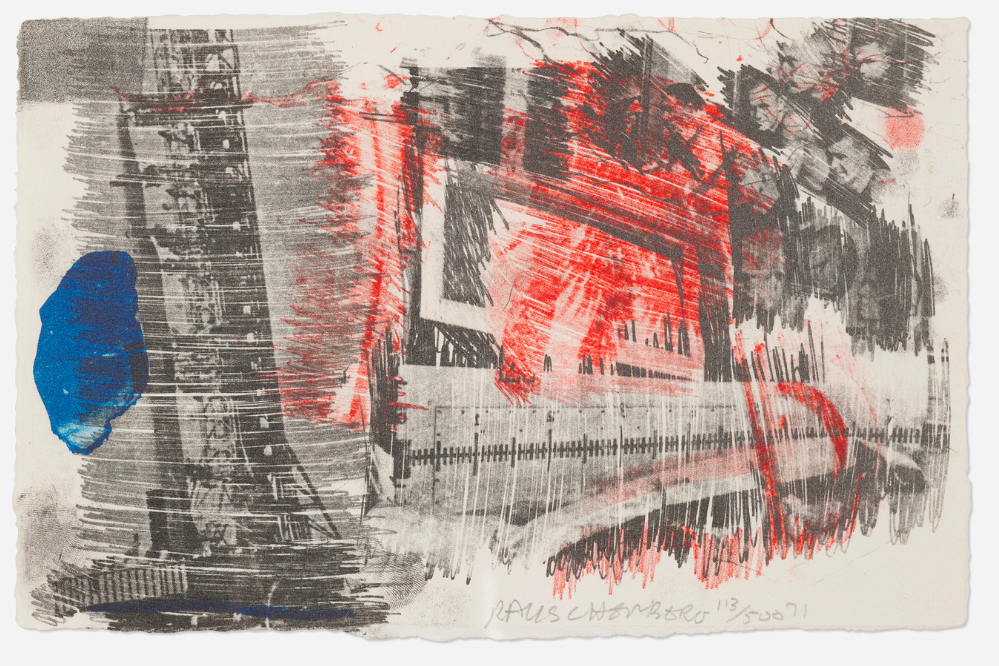As an avid art enthusiast, you likely have a passing familiarity with Robert Rauschenberg and recognize some of his most famous works. However, diving deeper into the life and artistic evolution of this pivotal figure in 20th-century art reveals a complex artist constantly pushing boundaries and exploring new creative frontiers.
Throughout his prolific six-decade career, Rauschenberg helped pioneer new directions in contemporary art through his experimentation with a variety of mediums and incorporation of elements from popular culture. His life was as colorful and eclectic as his work.
Rauschenberg leaves behind an enduring legacy as an artist who wasn’t afraid to take risks, incorporate found objects, or blend mediums in new ways. His life serves as an inspiration, demonstrating how one person can help transform an entire field through creativity, hard work, and perseverance against obstacles or naysayers. His story reminds us all of the potential for positive change we hold within ourselves. Though his life came to an end, the timeless nature of his artwork lives on.
Robert Rauschenberg BIOGRAPHY

Early Life and Education
Robert Rauschenberg was born on October 22, 1925, in Port Arthur, Texas. From an early age, Rauschenberg showed a keen interest in art. He studied at the Kansas City Art Institute and the Académie Julian in Paris before enrolling in Black Mountain College in North Carolina in 1948.
At Black Mountain College, Rauschenberg studied under renowned Bauhaus artist Josef Albers, who proved instrumental in developing Rauschenberg’s experimental and conceptual approach to art.
How Did Robert Rauschenberg Get Motivation?
Albers encouraged Rauschenberg to push the boundaries of traditional art forms. This guidance inspired Rauschenberg to incorporate unconventional materials and found objects into his artwork, a practice that came to define his signature style.
What is Robert Rauschenberg known for?

Robert Rauschenberg is renowned American painter known for incorporated found objects, or blend mediums from pop culture in his paintings. His daring and thought-provoking body of work reshaped understandings of what constitutes a work of art.
Career highlights

In the mid-1950s, Rauschenberg’s artwork grew more complex and conceptual. His Combines incorporated three-dimensional objects, photographs, and paintings into large-scale collages. His silkscreen paintings used images from newspapers and magazines that addressed contemporary issues. This experimentation and social commentary went on to influence the larger Pop Art movement.
His most pivotal work from this period includes:
- White Paintings
- Black Paintings
- Elemental Sculptures
These incorporated basic materials in minimalist, monochromatic arrangements.
In the 1960s, Rauschenberg continued pushing artistic boundaries through the use of new technologies and participation in avant-garde performance art. Though his art evolved over many decades, Rauschenberg maintained his conceptual and rebellious approach, cementing his status as one of the most influential American artists of the 20th century. His daring and thought-provoking body of work reshaped understandings of what constitutes a work of art.
Becoming an Artist: From the Navy to Black Mountain College
As a young man, Rauschenberg knew he wanted to become an artist, but his path was not straightforward. After high school, he enlisted in the U.S. Navy during World War II where he served as a neuropsychiatric technician. His role included designing sets and backdrops for plays and variety shows to boost troop morale. This early experience ignited his interest in set design and art.
After his discharge from the Navy in 1947, Rauschenberg enrolled at the Kansas City Art Institute. Dissatisfied with the traditional arts curriculum, he transferred to the experimental Black Mountain College in North Carolina where he studied under Josef Albers. Albers emphasized abstraction, material exploration, and disciplined technique. His approach had a profound influence on Rauschenberg.
At Black Mountain, Rauschenberg met avant-garde composer John Cage and choreographer Merce Cunningham. Collaborating with them expanded Rauschenberg’s unconventional and multidisciplinary artistic vision. Rauschenberg created sets, props, and costumes for Cunningham, and with Cage, he participated in “happenings,” multi-media events incorporating chance and improvisation.
Rauschenberg left Black Mountain without a degree in 1952 and moved to New York City to launch his art career. He struggled at first, living in extreme poverty while creating and exhibiting his work. His breakthrough came in 1954 with his Combine paintings, which incorporated found objects and collage techniques. The Combines blurred the boundaries between painting and sculpture, radically reinventing what art could be. They brought Rauschenberg critical acclaim and commercial success, launching him into the vanguard of contemporary art.
Robert Rauschenberg List of Work

Awards and Honors
In 1970, Rauschenberg was awarded the Grand Prize for Painting at the Venice Biennale, cementing his status as a preeminent contemporary artist. During this period, his work became more sculptural and conceptual. He began incorporating more found objects into his creations, expanding on the combines of his earlier career. His pieces from this era demonstrate a contemplation of world events and a focus on environmental issues.
Major Works
Cardboards series | 1971 to 1976 | Sculptural pieces made of discarded cardboard boxes and packaging. He saw potential in the everyday materials around him and transformed trash into art. The series explores themes of consumption and waste in modern culture. |
The Venetians | 1976 | The series examines the reflection of light and the passage of time. The choice of materials gives the works a classical feel, even as they make conceptual statements about contemporary society. |
Gluts series | 1980s | This series utilized scrap metal, while his Hoarfrosts incorporated draped fabric. He also began experimenting with new technologies like digital photography, silkscreen printing, and holography. These multimedia pieces demonstrate his lifelong drive to innovate and take creative risks. |
Advocacy and Philanthropy
Outside of his studio practice, Rauschenberg advocated for artists’ rights and supported progressive causes. He co-founded Change, Inc. to provide emergency funds for artists in need. He was also an early advocate for environmental responsibility in the art world.
How Old Was Rauschenberg When He Died?
Rauschenberg continued working, exhibiting, and pushing the limits of contemporary art until he died in 2008 at the age of 82. Through constant experimentation and a commitment to social progress, he reshaped the understanding of art in the 20th century and established a lasting creative legacy.










